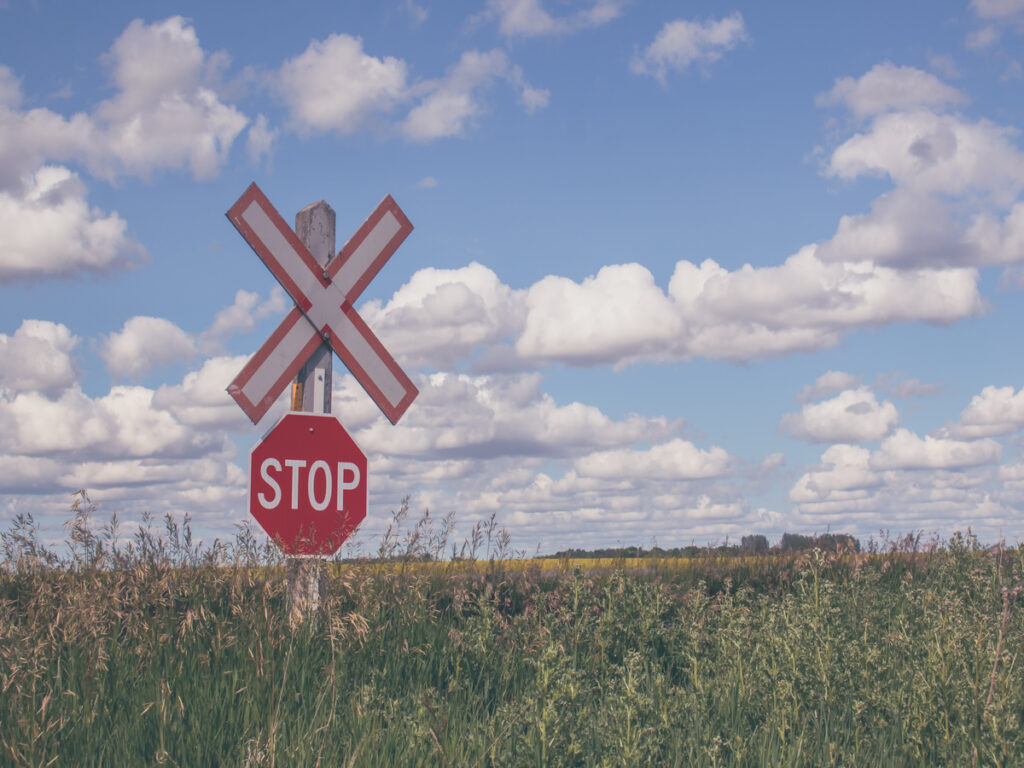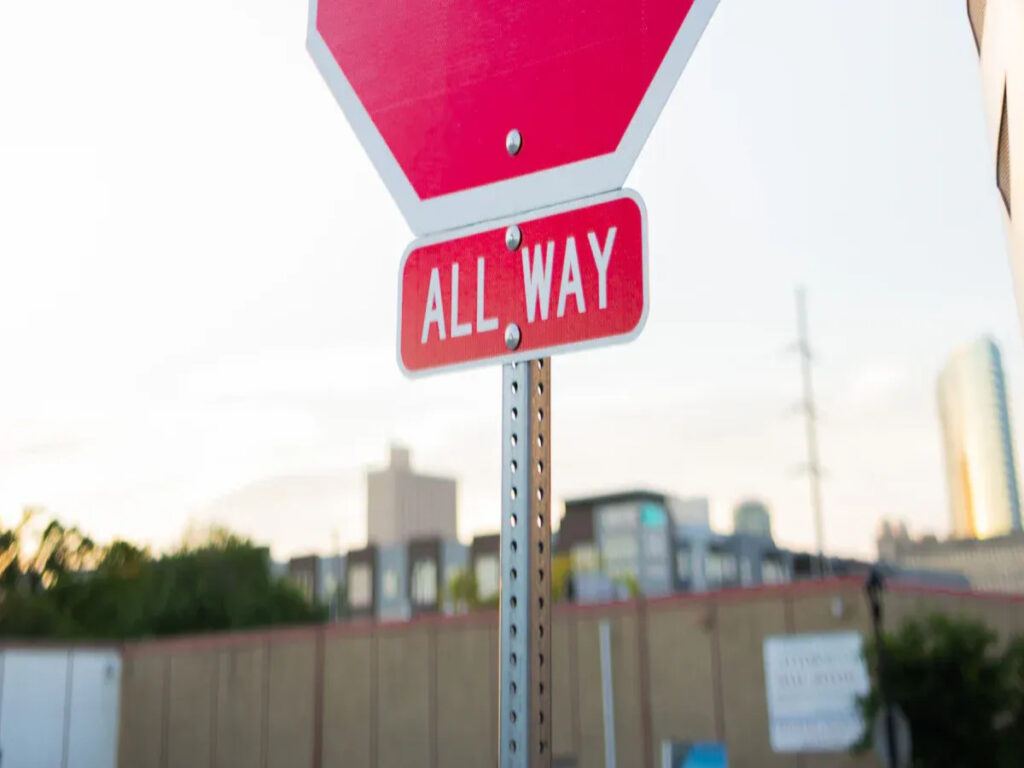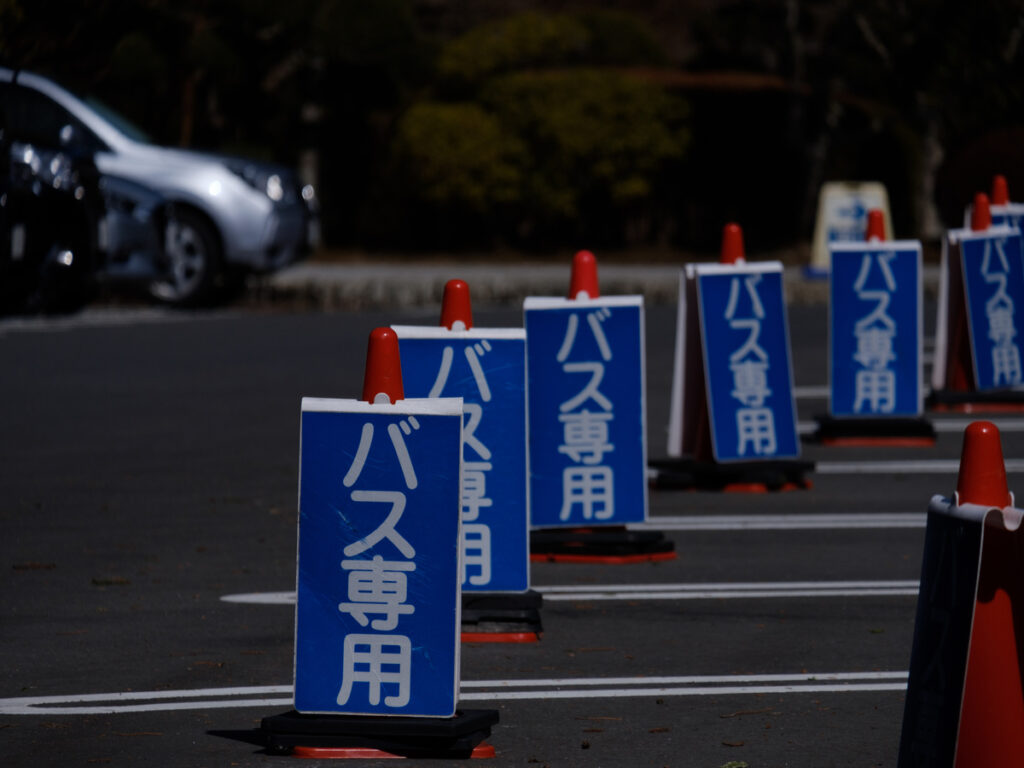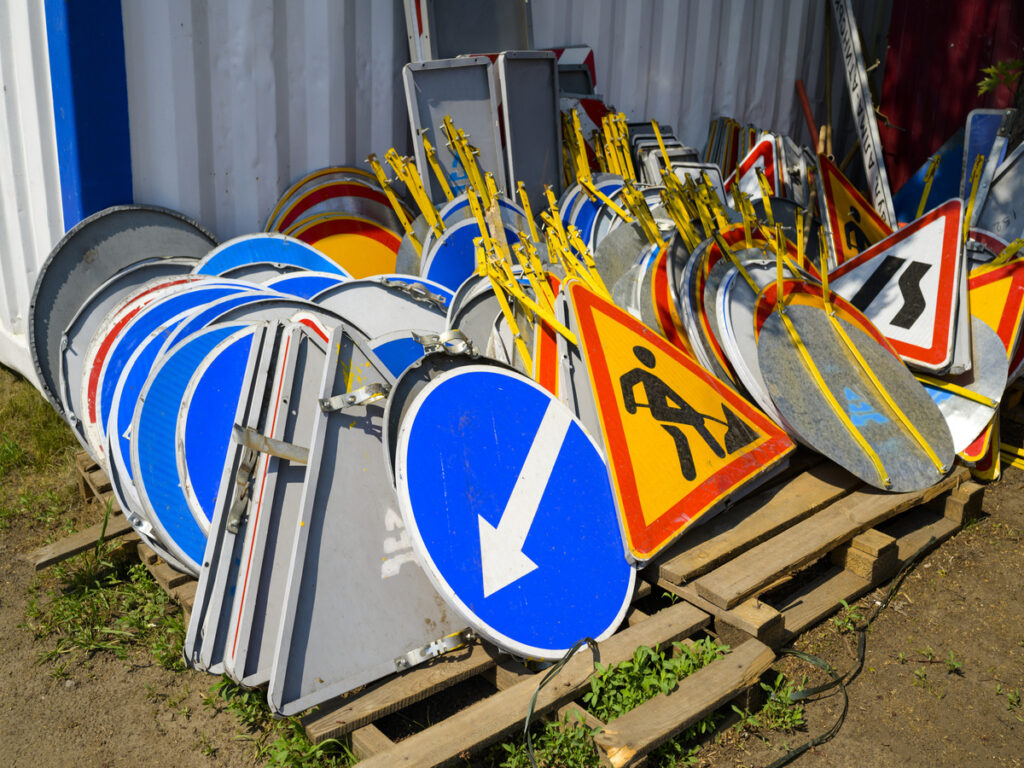Perché i segnali di sicurezza non sono unici per tutti: Uno sguardo alle differenze culturali tra il Regno Unito e gli Stati Uniti

Safety signs are important for keeping people safe. Puoi trovarli sulle strade, in workplaces, e aree pubbliche. They are used to show dangers and give instructions. Tuttavia, these signs are not the same everywhere. What works in one place might not work in another due to cultural differences.
Puoi legalmente mettere il tuo segnale di stop?

Installing metal stop signs on public roads is illegal and can lead to fines or accidents. Use them only on private property or consult local authorities.
Perché i coni di traffico resistenti alla pioggia sono essenziali durante la stagione delle piogge del Giappone

Japan’s rainy season (梅雨・つゆ) makes streets slippery and dangerous. Heavy rain lowers visibility, raises accident risks, and causes flooding. Da 1985 A 2018, 70% of Japan’s disasters were from rain-related floods. This shows why safety steps are so important now. Traffic cones(三角コーン)act as the first line of defense. They guide cars and people away from danger zones. I loro colori vivaci e strisce riflettenti li rendono facili da vedere, even in dark, tempo piovoso. Forte, rain-resistant designs keep them standing, no matter how windy or wet it gets. Whether marking flooded roads or emergency areas, these channelizer cones are key for safety.
Qual è il miglior spessore del metallo per i segni?

When picking metal for signs, thickness is very important. You want the metal traffic signs to look good, Ultimo lungo, and stay strong. Metal thickness is referred to as gauge. A lower gauge number means thicker and stronger metal. Per esempio, .063-gauge aluminum is good for outdoor signs, while .125-gauge aluminum is better for tough weather like strong winds or impacts. Whether for metal traffic signs or indoor displays, the right thickness ensures durability, weatherproofing, and an appealing appearance.













